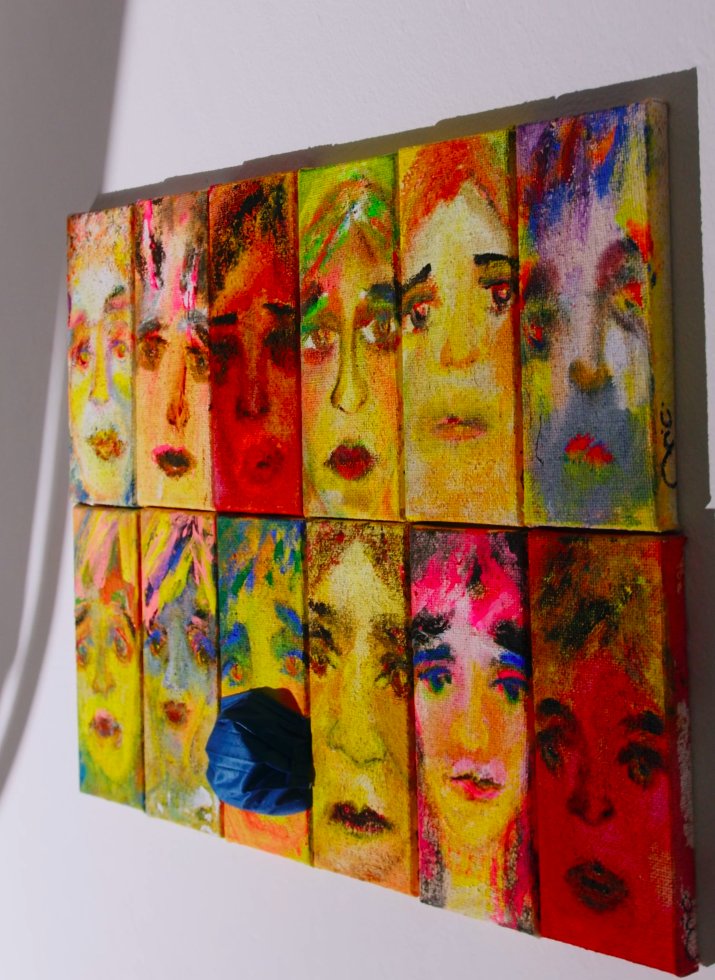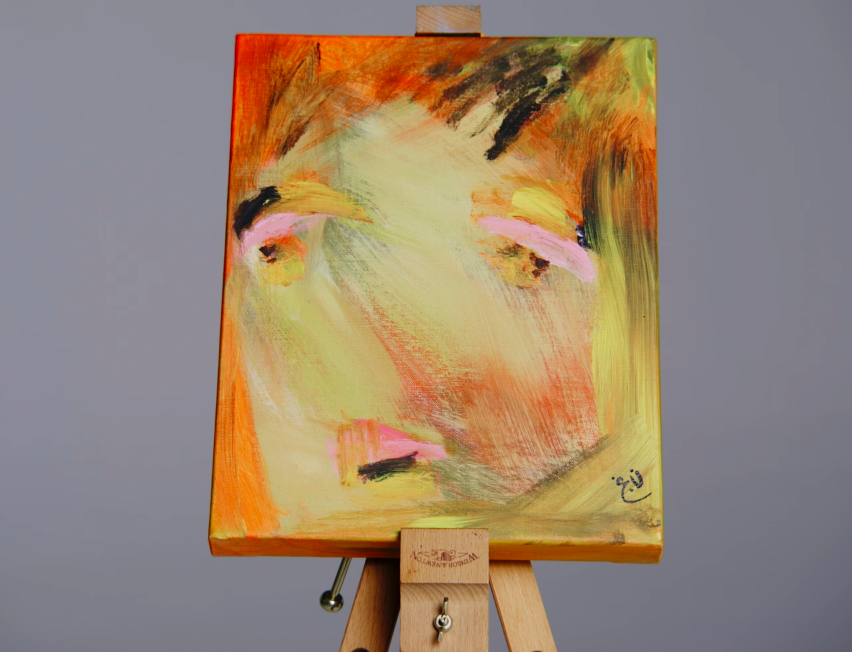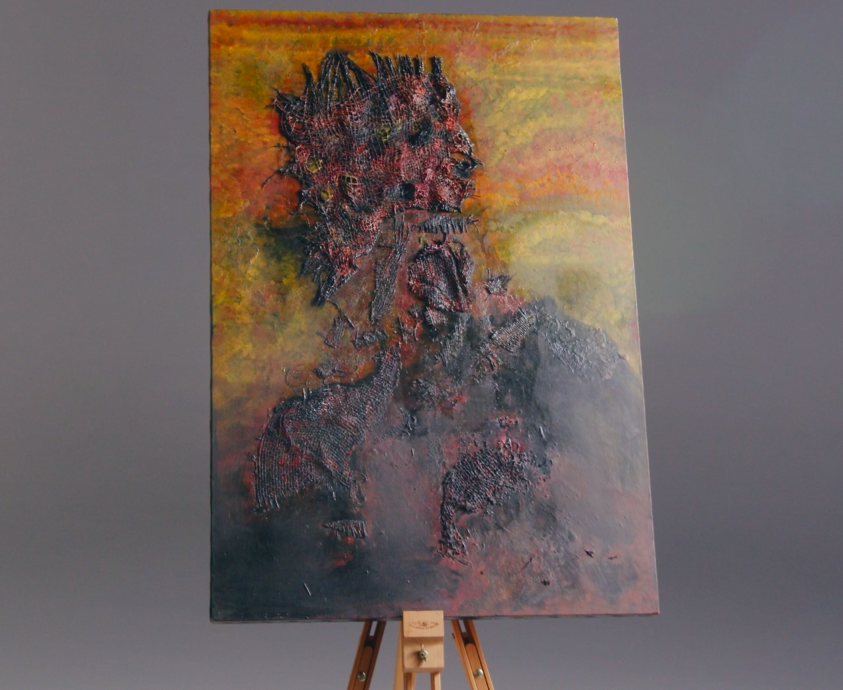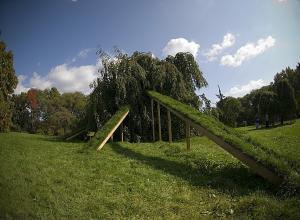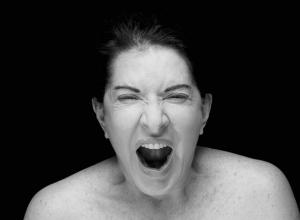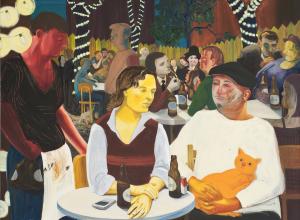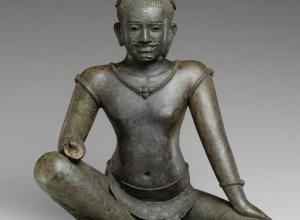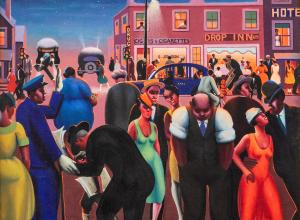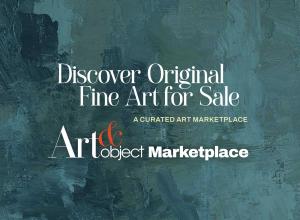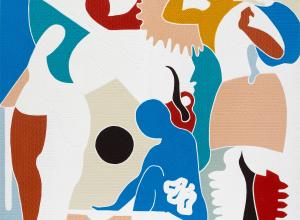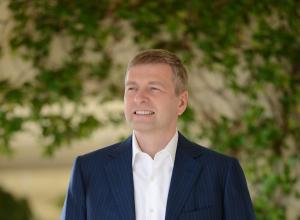SB: I know one of the focal points of your work is how society is constantly changing, with a deep focus on the “now.” Is there a particular area of change that you’re currently thinking about?
NA: Since I come from a literary background and worked for a long time as a journalist during my early professional career, I am always fascinated by people. I usually find myself questioning phenomena such as urban developments which push people out of their homes, displacement resulting from political, economical, or social instabilities, or personal traumas that leave individuals facing or suffering from chronic feelings of fear, anxiety, insecurity, or other psychological symptoms. In all these various cases, I like to focus on the personal and emotional experiences of individuals.
SB: In a similar vein, in much of your artwork, you have focused on the human face, capturing different expressions from repeated exploration of the form. Does this tie into that focus?
NA: It is the human face that reflects different emotions that I find quite interesting. Although I began to make individual portraits earlier in the nineties, I never looked at them from an inclusive perspective. It was only in 2016 when I started painting more and more faces that I realized that the multiplied number of them had formed a whole body of work. This is when I began to develop a narrative for the whole project. It is a conceptual idea that is also related to the way that the portraits were supposed to be displayed. I wanted them to appear in their totality in one space, filling all four walls from top-to-bottom, so visitors could experience their expressions and gazes from all directions.
I wanted them to feel that they are watched by all of those painted eyes. When the pandemic hit, I found another layer relating to the concept of the work—it could resonate with people more when everyone was forced to socially distance. I thought it would only be in that given space, where they would be displayed, that individuals could be face-to-face with all of these faces. I called that room the Cathedral of Faces and it had 1000 faces. It became part of a whole exhibition that took place at Maraya Art Center in Sharjah in the year 2021.




